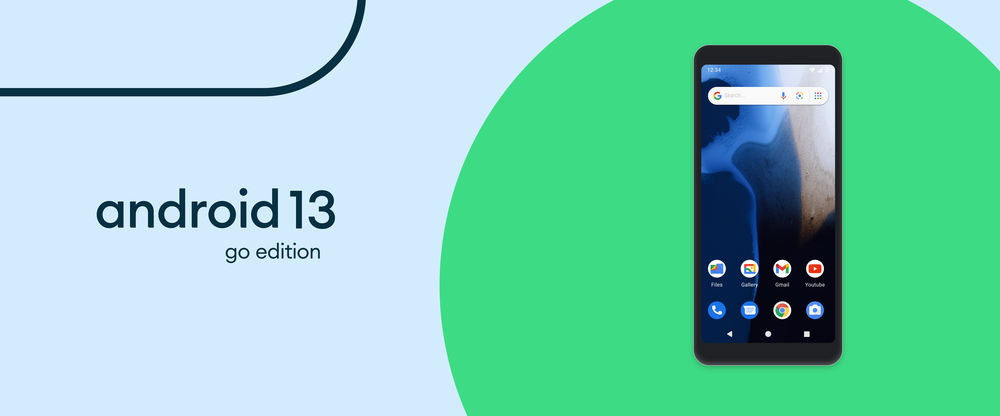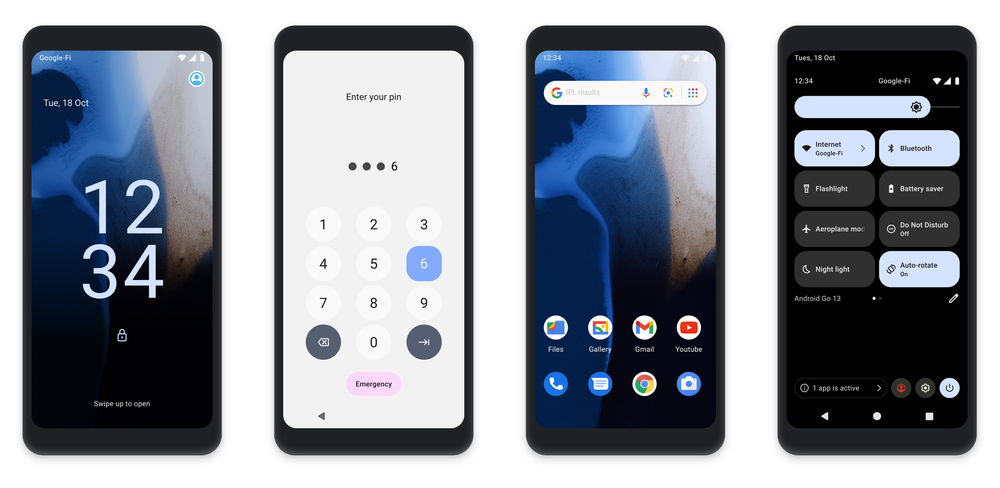
Google has announced Android 13 (Go edition) with a focus on reliability, usability, and customization. This OS is a water-down version of the Android 13 meant for low-end devices.
Android 13 (Go edition) brings Material You to budget phones, allowing you to choose one of four color schemes based on the current wallpaper. It also adds support for Google Play System Updates that streamlines updating your phone without taking much space or requiring a full-fledged software update while still bringing new features and security patches.

The Google Discover Feed – you usually find on left-swiping your home screen – now makes its way to the Go edition-powered phones. Besides this, you also get additional features, such as notification permissions and app language, as per your preferences. The company says forthcoming devices running on the Android 13 Go edition should start appearing in 2023.
Android 13 (Go Edition) Minimum Requirements
Until now, Google has claimed that the Go edition is “built for smartphones with less than 2GB of RAM,” but many holding a low-end phone will likely have to upgrade their smartphone to get this new version. Esper editor, Mishaal Rahman, points out that it would require at least 2GB RAM with 16GB storage capacity to function properly.
Small bit of news here: Google is upping the minimum hardware requirements that handheld devices must meet in order to be able to bundle GMS.
Now, all handheld devices launching with Android 13+ must have at least 2GB of RAM and 16GB of flash storage in order to preload GMS. https://t.co/fDppuhlfoW
— Mishaal Rahman (@MishaalRahman) September 7, 2022
This is also a significant upgrade over the 1GB RAM base requirement for the Android 11 and Android 12 OS. It would probably be a good idea to have a bit beefier device to run the new version of the Android Go edition.
Alongside the Android 13 Go edition announcement, Google also says that it now has over 250 million monthly active devices that run on Android Go.















